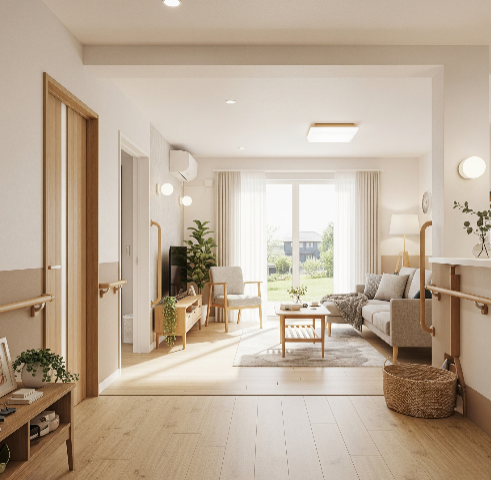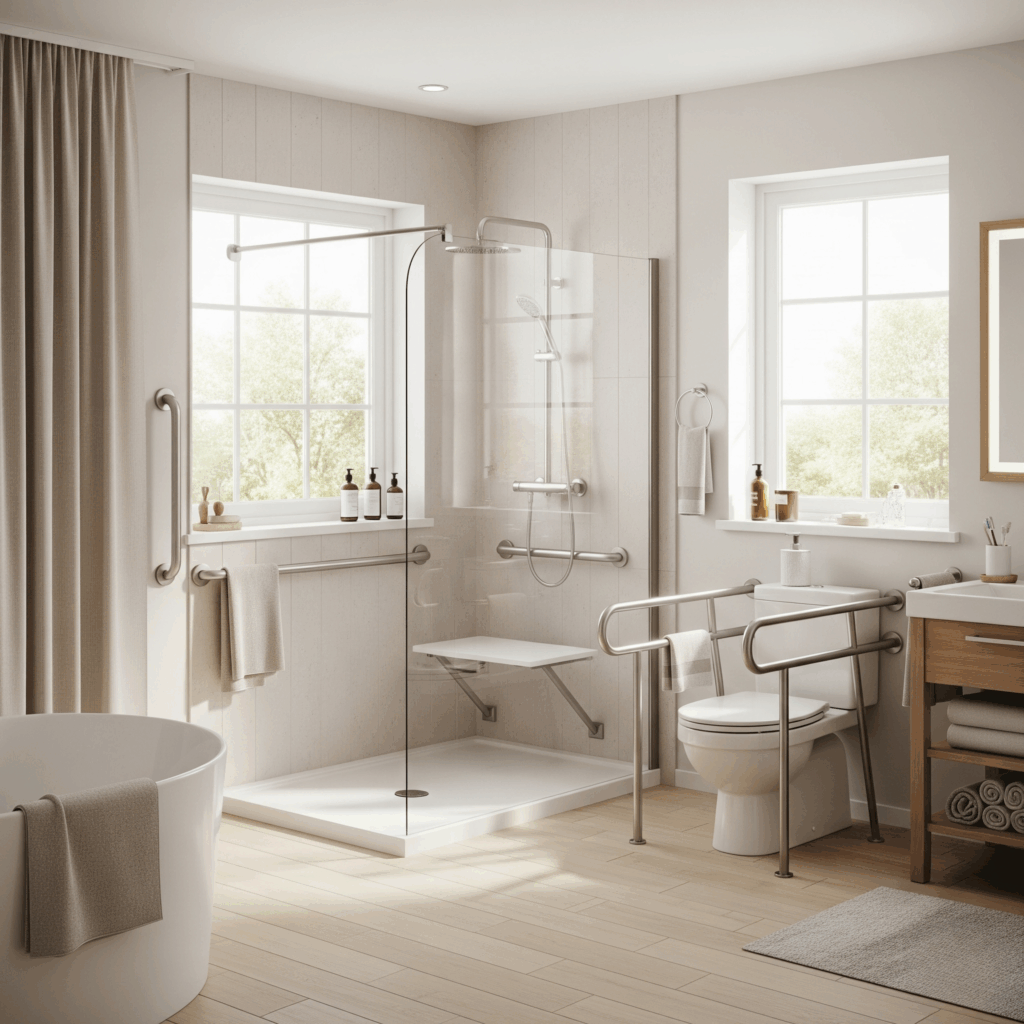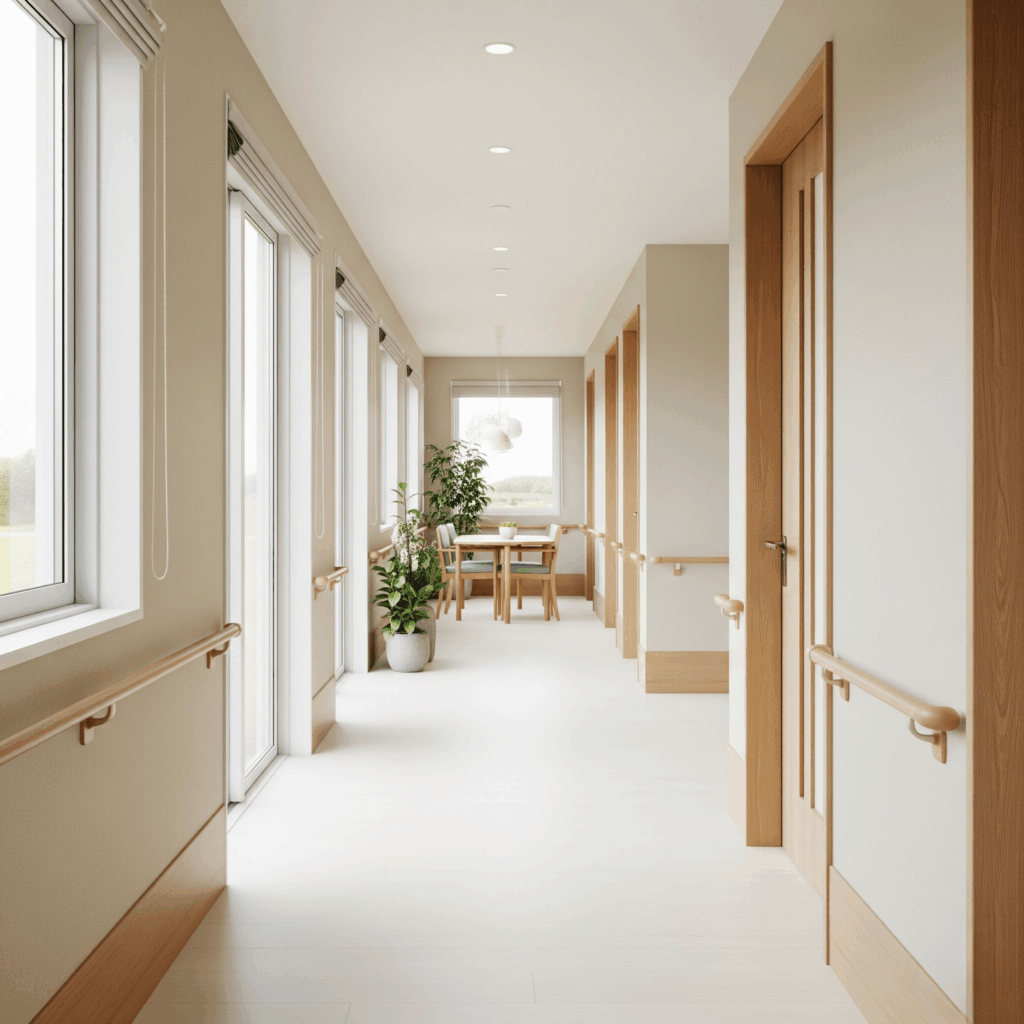Tips for a Safer Environment
As we age or face changing physical needs, our homes, once familiar and comfortable, can present new challenges. Adapting your living space isn’t just about making things easier; it’s about proactively creating a safer, more accessible, and ultimately, more independent environment. Scientific research consistently shows that home modifications can significantly reduce the risk of accidents, particularly falls, and improve the overall quality of life for individuals with varying needs.

Prioritizing Safety in Key Areas
Entrances and Exits
- Ramps and railings: Consider installing ramps with gentle slopes and sturdy handrails at all entrances and exits. This is crucial for wheelchair users or anyone with difficulty navigating steps.
- Non-slip surfaces: Ensure all entryways have non-slip mats or flooring to prevent slips, especially during wet weather.
- Adequate lighting: Bright, motion-activated lighting at all entry points can prevent trips and enhance security.
Bathrooms: High-Risk Zones
The bathroom is often cited as one of the most hazardous areas in a home due to wet surfaces and confined spaces.
- Grab bars: Install grab bars near the toilet and in the shower/bathtub. Research consistently supports their effectiveness in preventing falls. Ensure they are installed by a professional into wall studs to guarantee their weight-bearing capacity.
- Walk-in showers or tubs: If possible, convert traditional tubs to walk-in showers with a low threshold or no threshold. This eliminates the need to step over a high edge, a common cause of falls.
- Non-slip flooring: Opt for non-slip tiles or apply anti-slip treatments to existing flooring.
- Raised toilet seats: These can significantly reduce the strain on knees and hips for individuals with mobility issues.

Kitchen: Functionality and Accessibility
While often overlooked, the kitchen can also pose risks.
- Easy-to-reach storage: Reorganize cabinets and pantries so frequently used items are within easy reach, eliminating the need for step stools.
- Good lighting: Task lighting under cabinets can illuminate countertops, reducing the risk of cuts or burns.
- Stable seating: If a chair is used in the kitchen, ensure it’s stable and has armrests for easier standing and sitting.
General Home Adaptations for Enhanced Safety
- Decluttering: Regularly clear pathways and remove any tripping hazards like loose rugs, electrical cords, or excessive furniture. A clear path is a safe path.
- Optimal lighting: Ensure all rooms are well-lit, especially hallways and staircases. Use nightlights in bedrooms and bathrooms.
- Stair safety: If stairs are unavoidable, ensure they have secure handrails on both sides and are well-lit. Consider contrasting strips on the edge of each step to improve visibility.
- Furniture arrangement: Arrange furniture to create clear, wide pathways, especially in high-traffic areas.
- Emergency preparedness: Have a clearly defined emergency plan, easily accessible phone numbers, and ensure smoke detectors and carbon monoxide detectors are in working order.


Leave a Reply